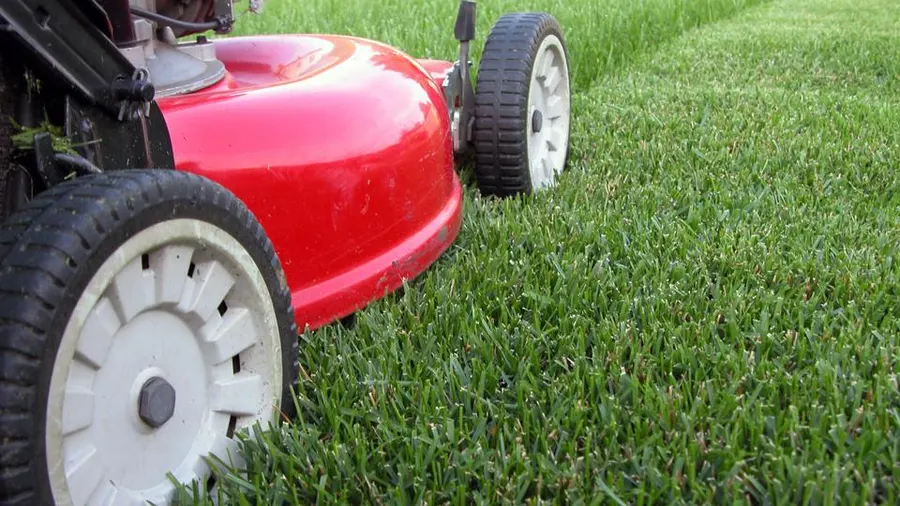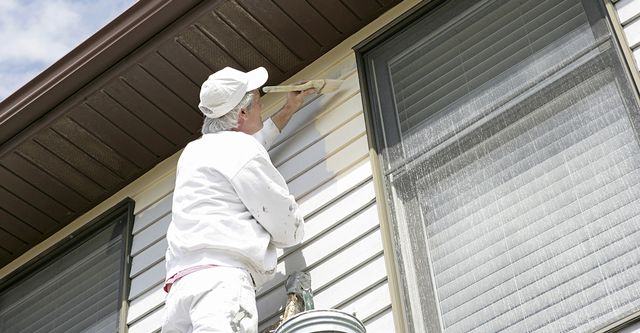
Seattle is known for its lush greenery, consistent rainfall, and moderate temperatures. These unique climatic characteristics make it an ideal location for lawns to thrive—if properly maintained. However, to achieve a healthy and vibrant lawn in the Emerald City, it’s essential to understand how the region’s weather patterns impact grass growth and health. Tailoring your lawn care Seattle routine to the local climate ensures that your yard remains green, strong, and resilient year-round.
Seattle’s Climate and Its Impact on Lawns
Seattle’s climate is classified as oceanic, characterized by wet, mild winters and cool, relatively dry summers. The city averages around 150 rainy days per year, with most precipitation occurring between October and April. This abundance of rain keeps the soil moist but also presents challenges like moss growth and fungal issues. Summers, while mild, can still see stretches of dry weather that may stress grass if not properly irrigated.
The key to successful lawn care Seattle is understanding that a one-size-fits-all approach doesn’t work here. Unlike lawns in drier or hotter climates, Seattle lawns require a balance between managing moisture and promoting root strength.
Choosing the Right Grass Type
Selecting the right grass variety is the foundation of any effective lawn care plan. In Seattle, cool-season grasses are the best choice due to their adaptability to the local climate. Among the most popular types are perennial ryegrass, fine fescues, and Kentucky bluegrass.
Perennial ryegrass establishes quickly and offers a fine texture, making it ideal for high-traffic areas. Fine fescues are shade-tolerant and require less fertilizer, while Kentucky bluegrass delivers dense, lush coverage but needs more care and watering. Many Seattle homeowners opt for blends that combine these grasses for year-round performance and aesthetic appeal.
Soil Preparation and Testing
Healthy lawns begin with healthy soil. Seattle’s native soils are often clay-heavy, which can lead to compaction and poor drainage. Conducting a soil test is an important step in any lawn care Seattle routine. It helps identify pH levels, nutrient deficiencies, and organic matter content. Based on the results, you can determine if your soil needs amendments like lime to adjust acidity or compost to improve structure.
Aerating your lawn in the fall or spring helps alleviate compaction, allowing water, nutrients, and oxygen to reach the grass roots more effectively. This step is especially crucial in Seattle’s rainy climate where saturated soil can hinder healthy root development.
Managing Water Wisely
Although Seattle receives ample rainfall, strategic watering remains important—especially during the summer months when natural precipitation drops. Overwatering is a common mistake that can lead to shallow roots and increased susceptibility to disease.
For optimal lawn care Seattle, consider using a rain gauge to monitor rainfall and adjust irrigation accordingly. Watering deeply and less frequently encourages stronger root systems. The best time to water is early morning to reduce evaporation and prevent disease caused by prolonged leaf wetness.
Fertilization Strategies for Seattle Lawns
Fertilizing your lawn provides essential nutrients that might not be present in the soil. In Seattle, it’s best to fertilize during the active growth periods—typically spring and fall. Applying a slow-release, nitrogen-rich fertilizer in the spring helps jumpstart growth, while a fall application strengthens roots before winter.
Be cautious not to over-fertilize, especially in the rainy months, as nutrients can easily leach away and contribute to water pollution. Always follow label instructions and consider using organic or natural fertilizers to support long-term soil health.
Controlling Weeds and Moss
Due to the moist environment, moss is a frequent invader in Seattle lawns. While moss doesn’t directly harm grass, it competes for space and can signal underlying issues like poor drainage, low soil pH, or excessive shade.
Improving drainage, raising the mowing height, and applying lime can help deter moss. In extreme cases, moss control products may be needed, but addressing the root cause is the most effective long-term solution.
Weeds also flourish in Seattle’s temperate climate. A thick, healthy lawn is your best defense. When weeds do appear, spot-treat with herbicides or remove them manually. Avoid blanket herbicide use, which can damage beneficial organisms and stress the lawn.
Seasonal Lawn Care Calendar
Every season in Seattle presents unique lawn care opportunities and challenges. Here’s how to stay on track:
Spring: Begin with raking to remove debris, followed by aeration and overseeding if needed. Apply fertilizer and start mowing regularly, keeping blades sharp and grass heights around 2.5 to 3 inches.
Summer: Monitor watering needs carefully. Raise mower height to reduce stress and prevent burning. Limit fertilization during the hottest months and watch for signs of fungal disease.
Fall: This is the ideal time for major lawn renovations. Aerate, dethatch, and overseed to strengthen the turf. Apply a fall fertilizer and begin lowering mowing height gradually as growth slows.
Winter: Limit foot traffic on frozen or soggy lawns. Clear leaves and debris, and prepare equipment for the next season. Seattle’s mild winters usually don’t require winterizing like colder climates do, but maintaining cleanliness helps prevent mold and rot.
Eco-Friendly Lawn Care Practices
Seattle residents often prioritize sustainability and environmental health. Integrating eco-friendly practices into your lawn care Seattle approach not only supports this mindset but also leads to a healthier lawn.
Composting grass clippings and leaves enriches your soil naturally. Reducing pesticide and synthetic fertilizer use protects local waterways and wildlife. Consider installing a rain barrel to capture water for irrigation, and choose native plants or ground covers for areas where grass struggles to grow.
Using electric or battery-powered lawn equipment also aligns with the city’s green goals and reduces your carbon footprint.
Professional Lawn Care Support
For homeowners with limited time or expertise, hiring a local lawn care Seattle specialist can be a smart investment. Local professionals understand the nuances of the city’s climate and can provide customized services—from seasonal maintenance to organic treatments and turf renovation.
Whether you prefer a hands-on or hands-off approach, partnering with professionals ensures your lawn receives the right care at the right time, helping you achieve a lush, green yard without guesswork.
Conclusion
Seattle’s unique climate presents both opportunities and challenges for maintaining a beautiful lawn. By tailoring your lawn care Seattle routine to the city’s weather patterns, soil conditions, and environmental concerns, you can foster a landscape that thrives all year. With proper planning, consistent effort, and an understanding of the local ecosystem, your lawn can become a resilient and sustainable highlight of your home.




